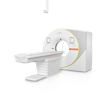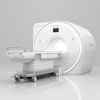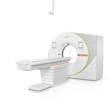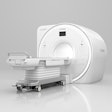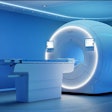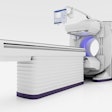Monday, November 26 | 12:45 p.m.-1:15 p.m. | CH272-SD-MOB4 | Lakeside, CH Community, Station 4
German researchers are touting the superior image quality and comparable, if not lower, radiation exposure using a virtual antiscatter grid for bedside chest radiography in the intensive care unit (ICU).Dr. Ibrahim Yel, a radiology resident at University Hospital Frankfurt, will present results from 127 consecutive ICU patients who underwent bedside chest radiography using three different acquisition techniques with the same flat-panel digital radiography detector. One chest x-ray was performed with a conventional grid (125 kV, 1.4 mAs), a second exam used one version of the virtual antiscatter grid (125 kV, 1.4 mAs), and a third x-ray was performed with modified virtual antiscatter grid parameters (125 kV, 1.0 mAs). Four radiologists then rated overall image quality, lung parenchyma, soft tissue, thoracic spine, foreign bodies, and assessment of pathology on a nine-point visibility scale.
Overall image quality was significantly better with both virtual antiscatter grids than with the conventional grid. In addition, soft tissue, thoracic spine, foreign bodies, and visibility of pathology ranked significantly better with both virtual antiscatter grids, compared with the conventional grid exam. The only exception was an equivalent rating between the two technologies for visibility of the lung parenchyma.
In addition, the lowest dose was achieved with the second virtual antiscatter grid protocol, while the first virtual antiscatter grid and conventional grid produced the same dose results, the researchers noted.
The virtual antiscatter grid technology may be "particularly useful to optimize radiation exposure for ICU patients undergoing frequent follow-up imaging and to improve image quality in often suboptimal contrast conditions," Yel and colleagues concluded.
